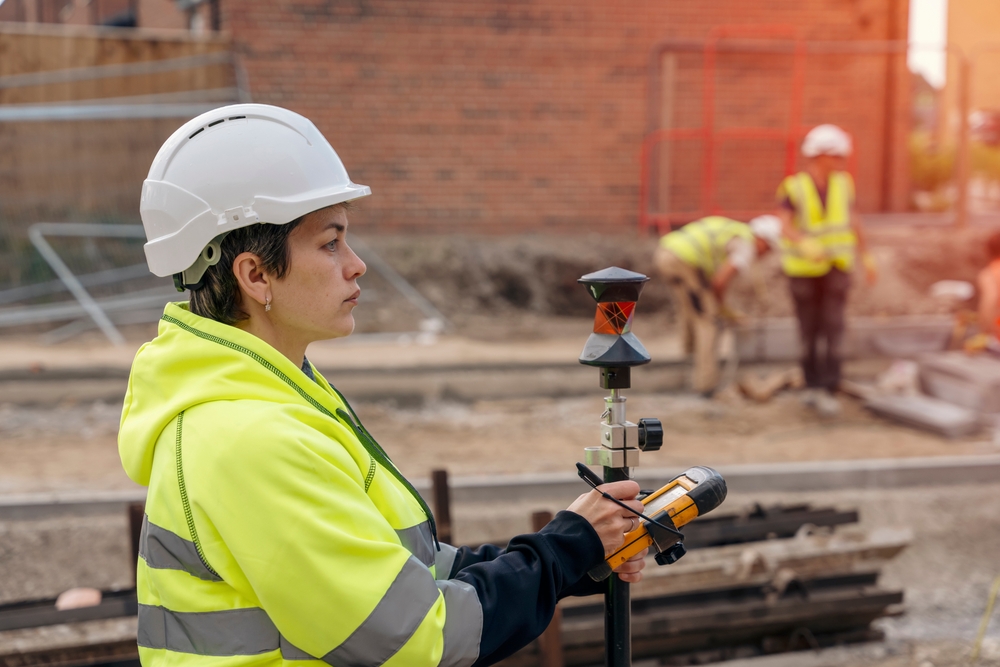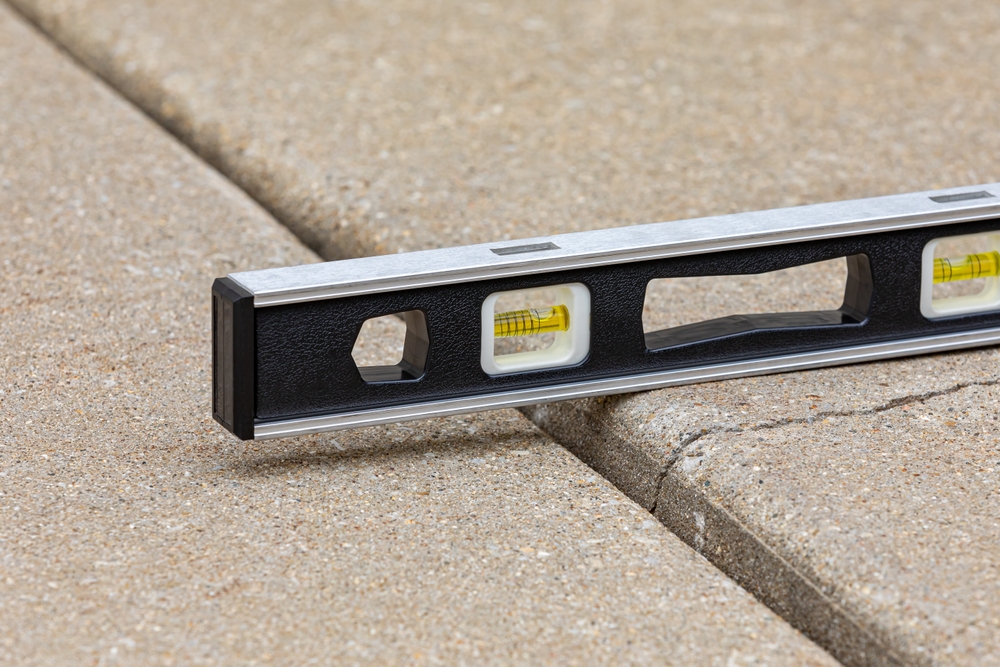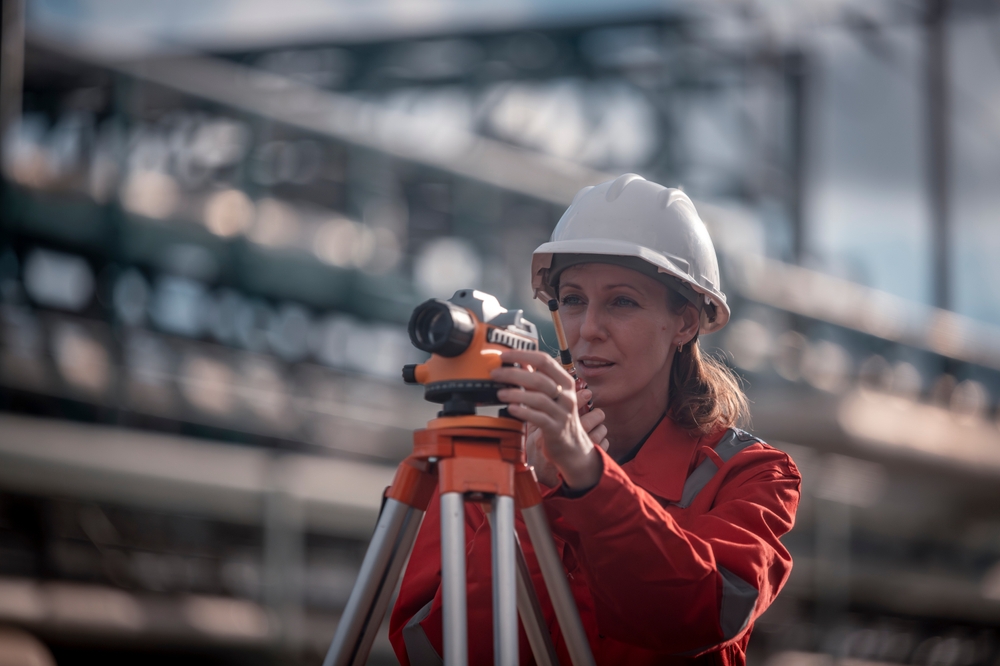


Can you claim subsidence on house insurance? Subsidence can be one of the most alarming issues for homeowners. When the ground beneath a property starts to sink or shift, it threatens not just the structural integrity of the building but also the safety and financial security of its occupants. Understanding whether you can claim subsidence on house insurance is essential for protecting your home and peace of mind.
This guide covers the basics of subsidence, how it affects insurance claims and offers practical steps to help you manage the claims process effectively. Let’s clarify how to manage this challenging issue while safeguarding your biggest investment.
Key Facts and Statistics: Can You Claim Subsidence on House Insurance?
Coverage Availability
Standard Coverage: Most home insurance policies in the UK include coverage for subsidence as a standard feature. This means that if your home suffers damage due to subsidence, you can claim back the costs of repairs, which provides significant financial relief for homeowners.
This data highlights the supportive landscape for UK homeowners dealing with subsidence claims, showcasing the availability of comprehensive insurance options and resources designed to assist in effectively managing issues with subsidence.
Subsidence is the gradual sinking or settling of the ground supporting a structure. It’s a concern for homeowners because if not addressed promptly, it can lead to significant structural damage. But what exactly causes this phenomenon?
What Causes Subsidence?
Typically, subsidence occurs due to soil movement beneath a building’s foundations. Soil types play a pivotal role in this process:
Subsidence vs. Heave and Landslip
It’s essential to distinguish subsidence from related issues like heave (upward ground movement) and landslip (downhill soil movement). Recognising these differences is crucial as they may affect whether you can claim subsidence on house insurance and how each situation is treated in your policy.
What Oakleafe Clients Say:
Book your complimentary consultation with our insurance claim professionals.
Our insurance claim professionals will explain the claim process to ensure you understand your options.

If you are wondering “can you claim subsidence on house insurance,” it’s essential to understand what your policy covers. Many home insurance policies in the UK include subsidence coverage, but often with specific conditions and exclusions. Familiarising yourself with these terms can save you significant stress and financial burden.
What’s Typically Covered?
Most standard home insurance policies cover subsidence in cases of structural damage resulting from ground movement, including cracks and misalignments. However, policies may exclude damage due to poor maintenance, such as leaking drains or poorly managed guttering, which can exacerbate subsidence.
Always read the fine print of your insurance policy and check for specific clauses related to subsidence. Consulting resources like the Royal Institution of Chartered Surveyors (RICS) or a loss assessor may also help clarify what’s covered in your policy.

Spotting the early signs of subsidence can prevent further damage and facilitate a smooth insurance claim. But what are these signs?
Regular inspections are key. By periodically checking for new or worsening cracks and other structural anomalies, you can detect subsidence early and make the claim process more straightforward.
Understanding the causes of subsidence can help in both prevention and management. Various factors contribute to this issue, some more controllable than others.
Clay soil, as mentioned, is a frequent culprit due to its expansive nature. Trees and large shrubs planted too close to a property can also cause subsidence by drawing moisture from the soil, causing it to shrink. Drought conditions can exacerbate these effects, leading to more pronounced ground movement.
Leaking drains and water pipes are another common cause. Water can wash away supporting soil, undermining the foundation of a building. Regular maintenance and prompt repair of leaks can mitigate this risk, preventing potential subsidence and the associated headaches.

If subsidence affects your property, understanding how to claim on your insurance can make the process smoother and less stressful. Here’s a basic outline of the steps involved:
Gathering thorough documentation and evidence can expedite the claims process and increase the likelihood of a successful outcome.
But what happens if your subsidence claim is denied? Read more about your options if your subsidence claim is rejected.
Prevention is always better than cure, and this is particularly true for subsidence. There are several steps you can take to reduce the risk of subsidence affecting your property:
By implementing these practical measures, you can safeguard your property against subsidence and the associated challenges of finding home insurance after a subsidence claim.
To address common queries, here are answers to some frequently asked questions about subsidence, coverage, and claims:
What are the typical costs associated with subsidence repairs?
Subsidence repairs can vary significantly in cost, depending on the extent of the damage. Minor crack repairs may be relatively inexpensive while underpinning a house could cost several thousands of pounds.
Can I claim for subsidence even if my policy excludes it?
If subsidence is excluded from your policy, you may not be able to claim for it. However, discussing the situation with your insurer or seeking advice from a loss assessor can sometimes reveal alternative avenues. Read more about subsidence claims that are not paid out.
What if my claim is denied?
If your claim is denied, understand the reasons why. Sometimes, hiring a loss assessor can help clarify if the denial was justified and provide guidance on how to proceed or appeal.
Can you claim subsidence on house insurance? As you know by now, it’s not always straightforward, but knowing the key signs, causes, and preventive steps can make a significant difference. Here’s a summary of the critical takeaways to help you approach this issue with confidence:
Proactive preparation can protect your property and streamline the claims process should subsidence occur. Be sure to review your policy today and consult professionals when necessary—being well-prepared can save time, money, and stress in the long run.
Oakleafe Claims have represented policyholders and managed their insurance claims since before the First World War. We have vast expertise and experience in both domestic and commercial insurance claims with thousands of satisfied policyholders who have received their deserved insurance settlement. With no upfront fees required, our internal data shows that insurance claims managed by professional loss assessors like Oakleafe can expect a settlement up to 40% higher than claims managed by the policyholder.
What Oakleafe Clients Say:



Please complete the form and one of our insurance claim professionals will call you back ASAP